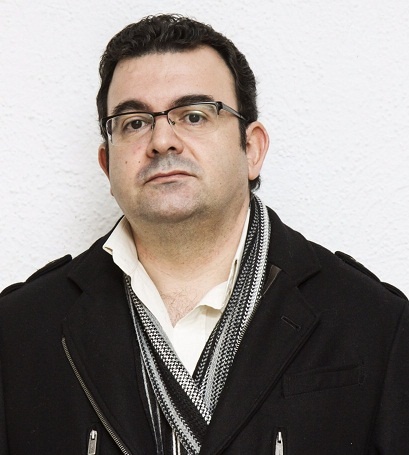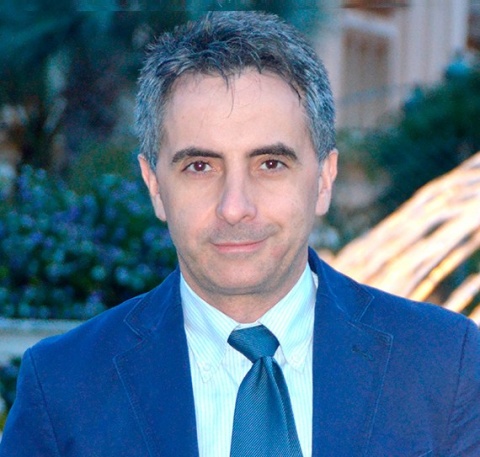Article • Digitalisation
National initiatives show limited success
Spain has powerful regional e-health projects, but implementing a national strategy remains a complicated task. Lack of interoperability and low resources slow down data sharing across 17 autonomous communities, and sometimes even within the same region, key experts in the field explain.
Report: Mélisande Rouger
Although Spain transfers skills to its communities, everyone can benefit from emergency and primary care wherever they are in the country. Thus the electronic patient record (EPR) was launched to grant Spanish physicians, nurses and patients access to relevant patient information, by connecting some of the data acquired in local primary, emergency and nursing care into one national repository.

Having a platform regrouping patient data all across the country has huge potential, according to Vicente Caballero Pajares, national coordinator of the New Technologies group of the Spanish Society of Primary Care Physicians. However, although 12 years have passed since its introduction, primary care professionals do not use the EPR, he pointed out. ‘The truth is that it’s not yet available. No one uses it in daily practice.’ Why? The different systems used across Spain are simply not interoperable. ‘Just consider this: some communities use Linux, others Windows,’ Caballero explained. ‘How do you plan on harmonising anything on that basis?’
Carlos Mateos, vice-president of the Spanish E-health Researchers Association, agreed. ‘Healthcare professionals are currently not able to access or share the EPR on a national level, because each region uses a different system.’
Although the EPR currently stores the data of 78% of the population, many communities have not connected all relevant patient information to the EPR and, according to Caballero, some still don’t have access to the platform. Healthcare authorities have not invested enough money into the EPR because they have other priorities, the physician argued. ‘They know what the necessities are, but they are short-sighted. They’d rather invest in reducing waiting times in primary care. They don’t have a vision for the future.’
Making electronic prescription available across territory

In 2006, Javier Quiles Del Río, eHealth Programme Manager in the Galician healthcare service SERGAS, helped design the EPR alongside other communities’ representatives and experts. He believes the tool already brings value, just by looking at usage data: ‘Every month in Galicia we issue 500 electronic records for patients who have their information in other communities, and answer 5,000 requests from other communities to access our clinical information.’ The new yet powerful initiative of making the electronic prescription available across the area is bringing results. ‘The project is showing great promise and will be a major advance for patients travelling across the country.’
The service, now available in six communities, means patients can go to a pharmacy and pick up medication prescribed by a physician in another community, but the deal should be available in the whole country within the next two years, Quiles estimated. A Spanish agenda on digital affairs does exist, but only to issue recommendations. It is up to the regions to organise themselves and develop common strategies regarding e-health – which they do, at different speeds.
Think regional

Interoperability is also a local issue. Systems are often incompatible within the same community, which impacts negatively on healthcare, Mateos said. ‘Having to repeat the same examination in another region or hospital costs money, and,’ he added, ‘having to transport a whole box of examination results is just absurd.’
Nevertheless, some communities have taken some giant steps. Galicia has deployed its own EPR, IANUS, in over 400 hospitals and health centres in the region. ‘99% of our prescriptions are electronic and we have 1,300 connected pharmacies. IANUS is also granting patients access to 60 different kinds of reports through a dedicated web portal, ‘E-Saude’, which is being accessed by over 38,000 users,’ Quiles said. Launched five years ago, Osabide, the Basque Country EPR, is now used across 21 hospitals and 300 health facilities in the community.
Sharing data in one EPR has impacted very positively on healthcare quality, according to Susana Iglesias Tamayo, head of Applications Development and Maintenance at Osakidetza, the Basque healthcare system: ‘Using unique procedures, clinical guidelines and alert systems has enabled us to perform deeper analysis. We’ve saved time and efforts using the same EPR, and it has improved clinical efficiency and productivity.’

A number of apps have been released for patients and professionals to improve healthcare delivery. Osakidetza has released Osasun, an increasingly popular app for patients to access their health records using their smart phones and tablets. ‘We’ve had 72% more consultations through Osasun in 2016. Over 200,000 accesses have been registered and 43,000 people have accessed at least one of the services offered on the platform,’ Iglesias said. Many users are patients with chronic diseases, accounting for 70%+ of total healthcare cost. For them, remote monitoring is rising; Osakidetza attended 61,109 chronic patients using remote technology in 2016. The Basque Country has also released four apps for bedside care. Nurses assessing vital signs, taking blood tests, administering medication and utilising nursing care techniques can do so using apps on their tablets. Iglesias added that the tool is expected to decrease errors in medication administration or when entering data while performing tests.
Profiles:
Vicente Caballero Pajares is national coordinator of the Spanish Society of Primary Care Physicians New Technologies group. He is also a specialist in family and community medicine at Don Benito Oeste Health Centre in Badajoz, Extremadura.
Susana Iglesias Tamayo is head of applications development and maintenance at the Basque Regional Health Service Osakidetza in Vitoria-Gasteiz.
Javier Quiles del Río is e-health programme manager in the Galician healthcare service SERGAS in Santiago de Compostela.
Carlos Mateos is Vice president of the Spanish E-health Researchers Association and Director of Com Salud PR and communication agency in Madrid.
11.11.2018










